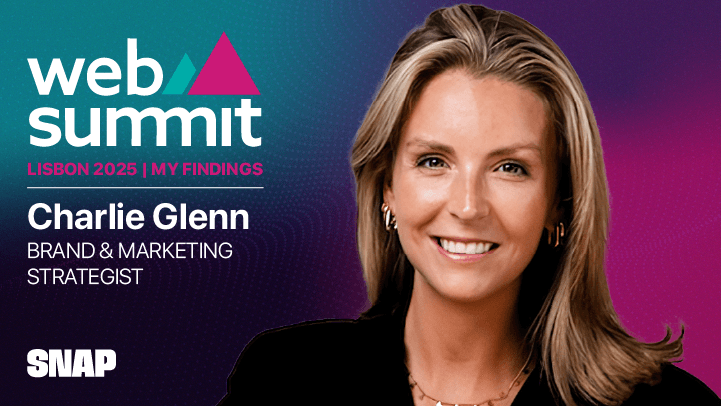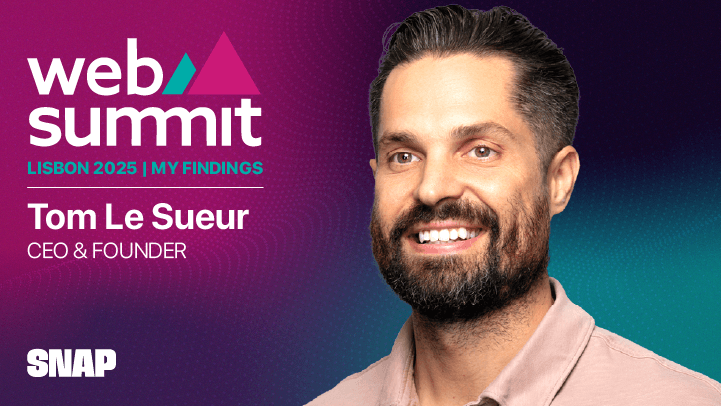In the dynamic environment of a creative digital agency, the journey from brainstorming to execution is often hampered by overthinking. Drawing insights from Anne Bogel’s “Don’t Overthink It,” this article explores practical strategies for CEOs and creatives to cut through the noise of indecision in both professional and personal realms.
Don’t Fall Into The Trap of Perfectionism in Creativity:
In creative industries, the quest for the ‘perfect’ idea often leads to decision paralysis. The key is to recognise that while seeking excellence is vital, ‘perfection’ is an incredibly difficult location to reach. As Bogel suggests, embracing ‘good enough’ can be a more effective approach, allowing for progress and iterative improvement. This doesn’t mean being blasé, it means being aware that there’s always more that could be done.
Get to Grips With Streamlining Decision-Making
To combat overthinking, Bogel recommends setting clear parameters. At Snap, we translate this into practice by establishing concise, comprehensive briefs ahead of any creative work. This clarity acts as a guide, helping us to focus on achievable goals and make decisions more confidently and swiftly. It also allows us to focus more on the impact of what we’re undertaking rather than building blocks of it.
You Can Always Learn From Failures:
As a leader, adopting a mindset that views failures as learning opportunities can be transformative. Bogel stresses the importance of experimentation – trying things out and learning from the outcomes. This mindset encourages decision-making without the fear of making the ‘wrong’ choice. Fear of making the wrong choice can all too often lead to paralysis due to pressure.
Applying Bogel’s Insights to Personal Life:
Bogel’s principles are not confined to professional settings. In personal life, reducing overthinking can involve simplifying routines and reducing daily choices. For instance, having a set routine for meals or a ‘signature outfit’ can free up mental space for more significant decisions – think about how much time and energy is wasted on these day-to-day decisions over one year. No wonder Zuckenburg is always wearing the same outfit…
To sum up:
In both our professional and personal lives, overthinking can be a significant barrier to action and satisfaction. By adopting Bogel’s practical strategies, we can learn to make more timely decisions, embrace imperfection, and enjoy the journey more, both at work and in life.






